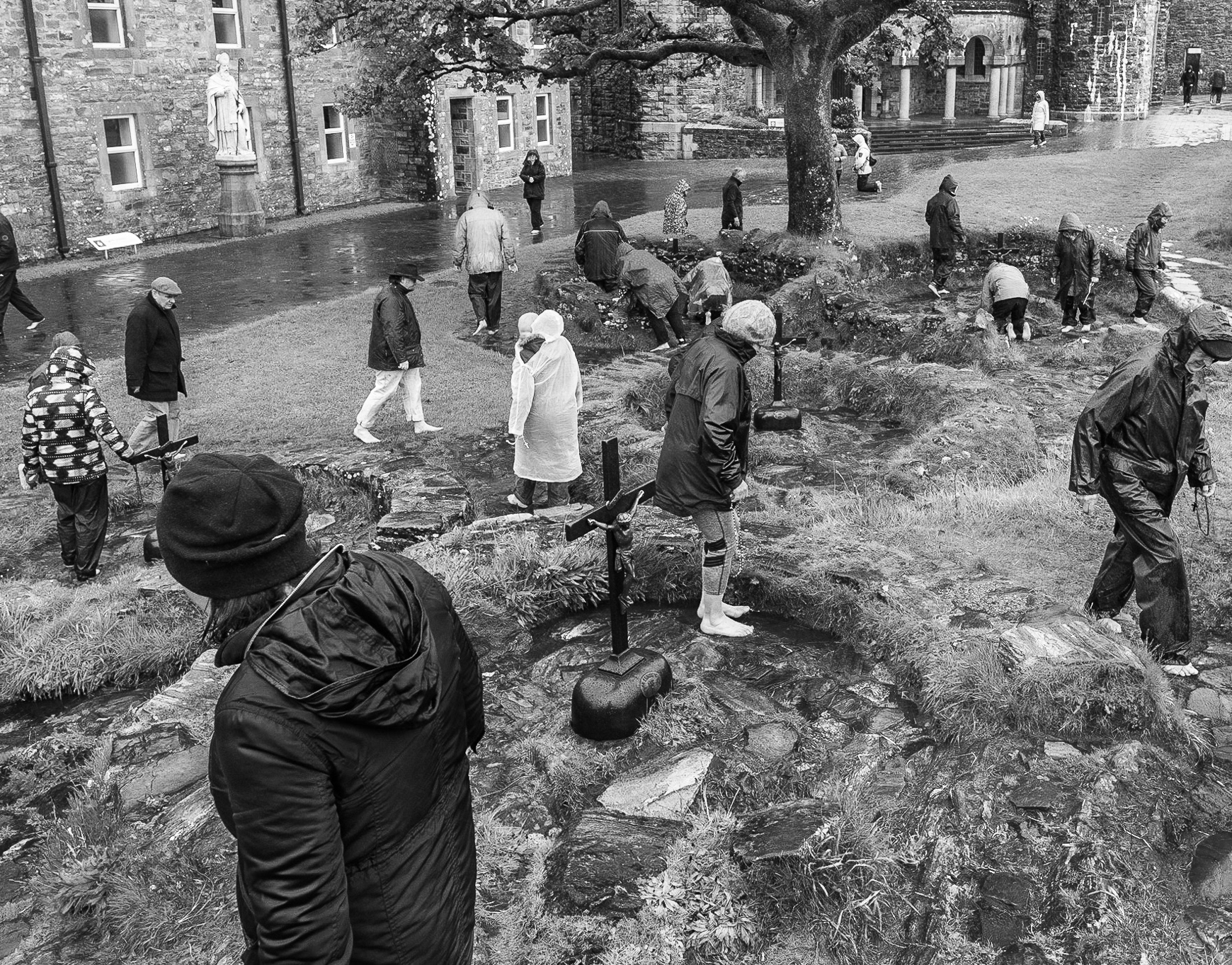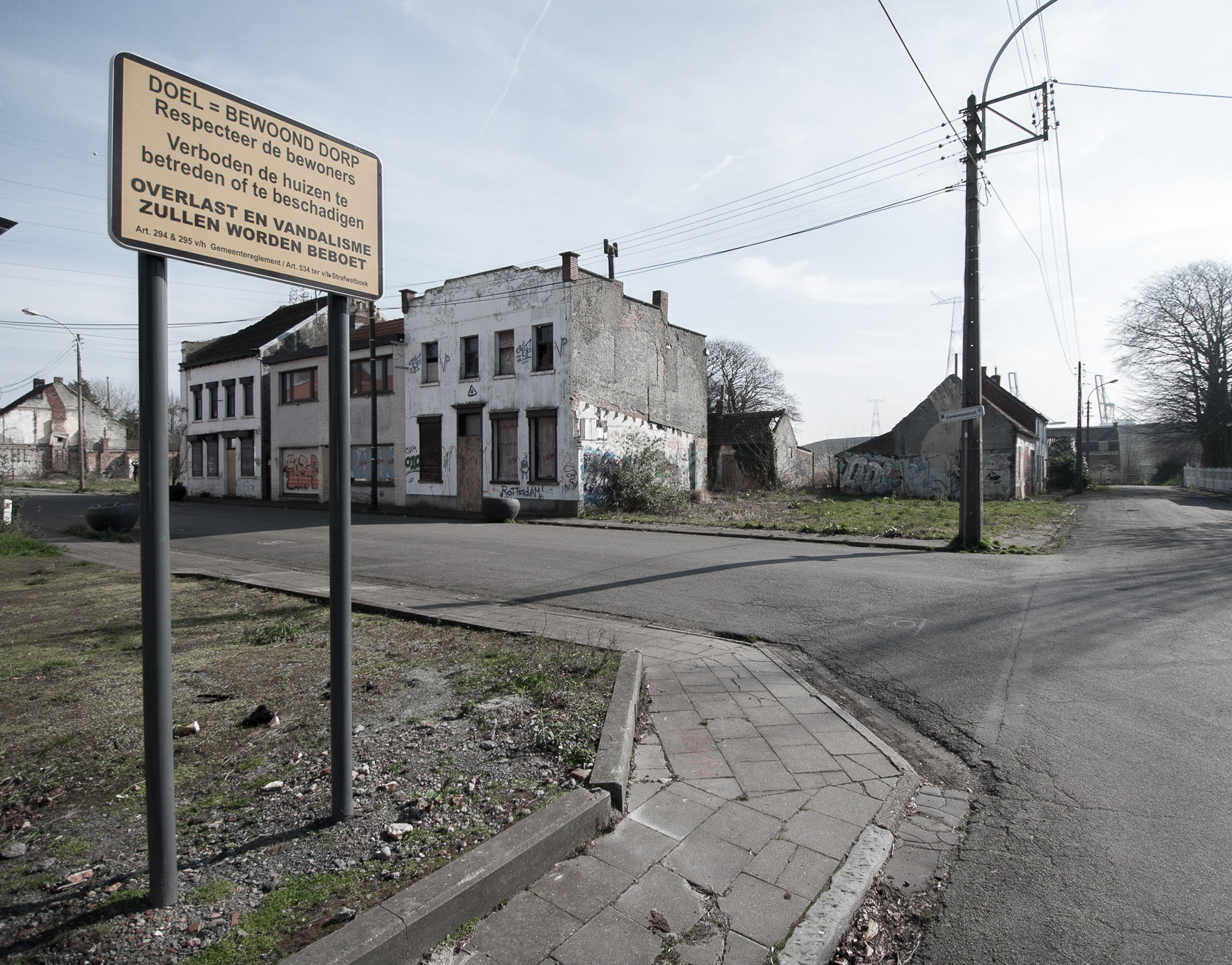About coal, treehouses and global warming
With the artic region on fire and Australia having seen the worst bush fires in its history, politicians continue to promote coal as a viable energy solution. The body of scientific evidence on climate change is both objective and compelling. In the absence of any validated scientific proof to the contrary, one wonders why those same politicians declare it a hoax.
Carbon pollution from coal is considered a leading contributor to climate change. During the 2017 negotiations at the 23rd UN climate Conference of the Parties (COP) in Bonn, over 15 countries, and several USA states such as California and Washington, plus 58 private companies joined the Powering Past Coal Alliance. The Alliance's charter states that, in order to meet the 2015 Paris Agreement objective to keep global temperature increases “well below 2°C”, and to pursue efforts to limit it to 1.5°C, traditional coal power needs to be phased out by no later than 2030, and no later than 2050 in the rest of the world. In the meantime, the US is in the process of leaving the Paris Climate Agreement and Greta Thunberg has made her appearance on the world stage as the voice for future generations.
Three COPs down the line, the need for action continues to increase as global weather patterns continue to change at a staggering rate. Yet, the overall global climate ambitions, sinisterly, continue to fall behind.
Instead of showing true visionary leadership beyond party lines in search of an international commitment on a global New Deal to stop the house from burning, the most recent conference in Madrid quickly became bogged down in technical issues, such as the rules for carbon market mechanisms. According to Greenpeace executive director, Jennifer Morgan, never before has there been such a gap between the voices outside in the street and those of politicians trying to strike deals.
Political survival, however, appears to remain paramount: securing jobs in the carbon industry, instead of drastically converting to an economy driven by a new energy paradigm serving society as a whole. It seems that since the industrial revolution, society has actually become the fuel for (unsustainable) economic growth.
Europe's carbon footprint, the case of Germany.
In the EU, almost one fifth of CO2 emissions is generated from coal power plants. Germany and Poland are responsible for half of these emissions. Germany’s overall growing energy demands and its decision to phase out nuclear energy following the Fukushima disaster, has also put pressure on Germany to meet its ambitions in mitigating climate change. Despite the surge in renewable energy in Germany, coal still makes up about 40% of the country's total energy mix. Although the country closed its last underground mine in 2018, about 50% of its 77 operational coal power plants still use lignite or brown coal. In 2017 alone 166.3 million tons of lignite were scooped up to meet the county’s energy needs, and the newest lignite-powered facilities were even expected to operate as late as 2055.
Lignite is considered the biggest CO2 pollutant of all. “There's no bigger impact on the environment than brown coal mining, and we're the world champions," says Dirk Jansen, a leader of the local chapter of Friends of the Earth in Germany's coal heartland of North Rhine-Westphalia. Compared to hard coal, lignite extraction is easier (read: cheaper) but of lower quality and dirtier to burn.
Lignite is mined above ground. It involves scraping of top layers of soil, resulting in giant open pits that lay bare a petrified 30-million-year-old swampland. Since 1945 lignite mining has already swallowed nearly half a million acres of land, including an estimated 300 villages, roads, and forests. Swedish activist Greta Thunberg threw a spotlight on this devastation, when she dedicated her Golden Camera Award in March 2019 to the protesters occupying that last remaining 200 acres of the 12,000-year-old Hambach Forest.
The 11,000-acre open pit mine near Hambach in North Rhine-Westphalia, adjacent to the Dutch border, is locally known as Mordor - a reference to “Lord of the Rings”. Excavation of the Hambach site began in 1978 when mining operator RWE acquired the land. The first lignite was extracted in January 1984. Mordor is now 500 meters deep and large enough to hold the entire inner-city of Cologne. About 40 million metric tons of lignite are produced annually, with an estimated 1,660 million tons of lignite still available for mining. The extracted lignite is transported by rail to the power stations Niederaussem, Neurath, Frimmersdorf and Goldenberg near Hürth-Knapsack. According to EURACTIV Slovakia, the Neurath RWE coal power plant, adjacent to Hambach lignite mining site, ranks second in the EU in terms of both installed capacity and CO2 emissions.
Coupled with the relatively low price of carbon under Europe's emissions trading system, according to Mr Edenhofer, chief economist at the Potsdam Institute for Climate Impact Research, there appears little financial incentive to give up brown coal.
Disappearing villages
Besides the disastrous impact on global warming, lignite mining has yet another devastating impact: the internal displacement of people. In 2017, the few remaining houses of the village of Immerath were in the process of being bulldozed into oblivion. Immerath used to be a farming village and home to 1,200 people in the fertile countryside near Hambach - about 40 kilometres from the RWE mine. The village is all but demolished making room for the world's largest excavators, forcing its inhabitants to strike a deal with energy supplier RWE AG for resettlement. One of few inhabitants remaining was willing to give a short statement mentioning that they have known for over 25 years that RWE would demolish their village to accommodate mining activities in the region. Over the last decade, villagers have been given a new home in Neu (new) Immerath, 20 km down the road. Although inhabitants have been compensated for the move, according to some sources, they were urged to accept the resettlement deal. Another inhabitant, unwilling to comment, merely stated that their deal with RWE prevents them from commenting publicly on the matter.
RWE AG
RWE AG, with its headquarters in Essen, generates power from gas, hard coal, hydropower and biomass. RWE claims to embrace its role as a good corporate citizen by investing in green energy sources, community development, and providing employment and replanting trees. During its shareholder meeting on 26 April 2018, RWE reiterated that in order to meet the growing energy demand, lignite should be considered a viable solution until at least halfway this century. According to a visitor from the Hambach forest occupation, one of the participants stated that RWE's commitment to renewables is actually about 13%, well below the nationally observed 33%. While RWE seems to take a more complacent role when it comes to a decarbonised future, it urges other industries to do their homework in terms of greenovation.
In the meantime, RWE has been replanting a new and neatly laid out forest on the external slopes of the open pit mine. Yet, this patchwork of tree monocultures, according to research by Markku Larjavaara from the Smithsonian Tropical Research Institute in Panama, does not appear to be beneficial to the conservation of biodiversity of trees and other organisms.
“Hambi bleibt!“ (Hambi stays!)
Protests against lignite extraction at the Hambach mining site and subsequent forest destruction have been ongoing since 2004 when Greenpeace started campaigning against the use of lignite. The number of complaints against further excavations grew due to potential damage to the hills in the Elsdorf-Heppendorf area. In 2008 this led to the establishment of the Bergschaden Braunkohle NRW reclamation service for damage victims. Several court proceedings were launched by Friends of the Earth Germany (BUND) to save the forest and its fauna. A 2018 lawsuit temporarily halted RWE's clearing operations. This ruling was overturned a year later with the court deciding that “as of yet, there is no democratically legitimated legislation to end lignite-fired power production”. It argued that the coal exit commission's proposal still had to be adopted by both Parliament and the executive branch, before having any legal basis to halt RWE’s expansion. Cleanenergywire.org also reported that the court was of the opinion that Germany's international climate action commitments did not mean that any particular mining project had to be stopped. At the same time, according to Reuters, to de-escalate the difficult situation in the Hambach woodland- RWE renewed its 2019 commitment to abstain from clearing the forest until the autumn of 2020.
With the German government having reached a formal agreement this January of phasing out coal altogether by no later than 2038, Dirk Jansen from BUND believes that "It just doesn't make any sense to clear Hambach now. It doesn't make any sense to put any more villages through destruction. They won't be able to burn that lignite. It's already too late." But will that be enough to stop RWE felling those last few acres?
On the ground, or rather from the branches of the trees of Hambach forest, conservation action remains unrelentless, and no legal route is left unexplored to stop RWE in its ambition to further expand its lignite mine, which in turn, would destroy the few remaining acres of this ancient woodland.
"Not cleaning the dishes creates hierarchy"
In the spring of 2017, photographer and photojournalist Michel Petillo spent three days in Hambach forest, meeting the protesters defending these woods. He captured their way of life, learned about their motivation to leave their former life behind to dedicate themselves to the greater good.
Since 2012 an area of 200 hectares of the remaining Hambach Forest has been occupied by environmental activists trying to prevent further RWE exploitation. The activists' presence now includes a number of self-sufficient settlements or "barrios" made up of a dozen treehouses and numerous road barricades to prevent the RWE mining company and police vehicles from entering when another eviction effort is being attempted. Their activism does not stop there. Several of the Barrio "Menschen” (e.g. humans) have been involved in trespassing into to the mine, occupying and disabling the excavators. Those who have been caught by RWE security constantly patrolling the area, have been actively persuaded by RWE to sign a written ultimatum not to return to the forest or face a heavy fine of several thousand Euros or prison. This has led to be very wary of outsiders, not inclined to interact with the “comers and goers”. To avoid recognition by RWE security guards, who they believe monitor and infiltrate the “enemy", most activists opt for inconspicuous clothing and keeping their faces covered.
Protesters come mostly from Germany and its neighbouring countries. The average age is 25 and everyone is expected to share tasks in the barrios, be it washing-up, building treehouses or cleaning up the improvised forest toilets. There are several permanent veterans keeping oversight. They are instrumental in instructing newcomers on how to keep their guard up and to teach them how to build treehouses.
Each barrio or settlement has its own identity, be it centred around veganism, gender neutrality, or some other social justice or ecological related principle, and always focused on keeping the forest safe and fighting capitalism. Anarchist slogans and iconography can be found throughout the barrios, in the treehouses and in and around improvised meeting areas. Barrios aim to be self-sufficient communities, but they do depend on external donations in the form of water tanks or solar panels, and the goodwill of local farmers. Freeganism – “recycling” discarded food items from supermarkets - is their main strategy for sourcing food. From time to time, However, water shortage is a problem from time to time.
Barrio settlers and part-time protesters all share the common cause of “fighting capitalism and the big companies who are ruling the world and destroying it for profit”. They fight for a cleaner and more just future. Some call them eco-terrorists, a bunch of anarchists, or simply, marginalised rebellious youth. The truth is, the tide seems to be turning into their favour. On 26 January 2019, Der Spiegel reported that the German government announced its intent to stop using coal to generate power by 2038. Chancellor Merkel indicated the gradual phasing out of coal, while turning to natural gas and increasing the country's share of renewable energy to 65% by 2030. A final agreement to stop coal all together by 2038 the latest, was reached on 17 January 2020. The agreement also includes a provision to bring that deadline forward to 2035, following an intermediate evaluation in 2026 and again in 2029. With Germany stepping up, and the EU’s recent 1 trillion Euro Green Deal to make Europe the world’s first climate-neutral continent, things seem to accelerate for the better. Hopefully, is not all, too little, too late for Hambi, Germany and world.
When it comes to planning for the future, governments and industry should take heed of the aspirations of future generations. Seeing more and more youth taking to the streets in protest of climate change world-wide, Johnny Cash's song "What is truth?" inevitable comes to mind.
(...) The young girl dancing to the latest beat Has found new ways to move her feet
The young man speaking in the city square Is trying to tell somebody that he cares Yeah, the ones that you're calling wild
Are going to be the leaders in a little while
This old world's wakin' to a new born day
And I solemnly swear that it'll be their way You better help the voice of youth find
"What is truth?" (...)
Welcome to Mordor, a place with a view
Only trust vegans and freegans
Welkome to Gallien
Round table
Cold on coal
Treehouse
Saving the bats
Constructing treehouse
Angel of the North
Anarchist
Meadow Camp
Grounding
Roadmap
Jesus point
Camp North
The meadow
Tree swing
Hambach activist book
Relocation
Relocation
Mordor
Coal power plant










